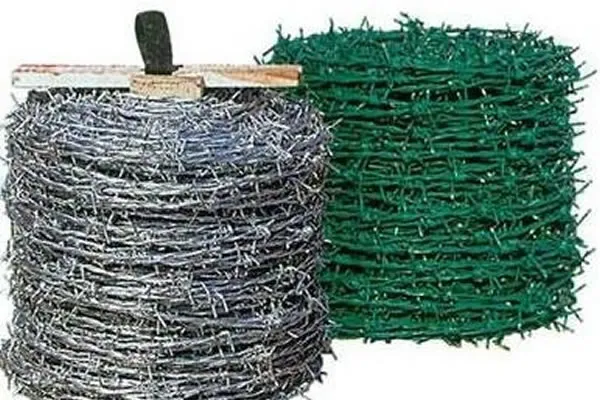 TEL:
+86-13102802206
TEL:
+86-13102802206
 Email:
fencenetting@china.com
Email:
fencenetting@china.com
 Language
Language
 TEL:
+86-13102802206
TEL:
+86-13102802206
 Email:
fencenetting@china.com
Email:
fencenetting@china.com
 Language
Language


The Versatility and Strength of 3 8% Stainless Cable
In the world of industrial applications, cable selection is paramount to ensure safety, efficiency, and durability. One such exemplary option is the 3 8% stainless cable, a material that brings together the best features of strength, corrosion resistance, and flexibility. Understanding its composition, applications, and benefits can greatly assist industries in making informed decisions.
Composition and Properties
The designation 3 8% stainless cable refers to a specific type of stainless steel alloy. The 3% indicates the percentage of molybdenum in the steel, which significantly enhances its corrosion resistance, especially in hostile environments. The 208% typically signifies the chromium and nickel content, which not only improves the cable's mechanical properties but also its aesthetic appeal. This composition creates a robust material capable of withstanding stress while maintaining its integrity over time.
Stainless steel cables are known for their exceptional resistance to rust, oxidation, and other forms of corrosion. This makes 3 8% stainless cable particularly suitable for use in marine environments, construction, and any industry where exposure to moisture or harsh chemicals is prevalent. Moreover, the tensile strength of this type of cable ensures that it can bear heavy loads without stretching or breaking, a critical factor in safety and reliability.
Applications
The applications for 3 8% stainless cable are vast and varied. In the construction industry, it is commonly used for cable railing systems, providing safety while contributing to the aesthetic appeal of buildings. Its ability to resist weather elements ensures long-lasting performance without the need for frequent replacements.

In the marine sector, 3 8% stainless cable is extensively used in rigging, mooring, and lifting operations. Boats and ships often encounter salty conditions that would hasten the deterioration of lesser materials, making stainless steel cables a preferred choice. The automotive industry also benefits from this cable in the production of high-performance components where strength and weight are crucial.
Advantages
One of the most significant advantages of using 3 8% stainless cable is its low maintenance requirement. Unlike other materials that may require regular upkeep to prevent rust or degradation, stainless steel maintains its performance without significant intervention. Additionally, its durability translates to lower replacement costs over time, making it a cost-effective solution in the long run.
Furthermore, the aesthetic quality of stainless steel cannot be overlooked. Its sleek, modern appearance is often favored in architectural designs, and the option to polish or finish the cable to specific standards allows for customization to meet design visions.
Conclusion
In summary, the 3 8% stainless cable is a remarkable choice for a wide array of applications. Its combination of corrosion resistance, strength, and low maintenance requirements makes it ideal for use in challenging environments. As industries continue to seek durable and reliable materials, the demand for high-quality stainless cables will undoubtedly grow, further solidifying their significance in modern engineering and design. Whether for construction, marine, or automotive use, this stainless cable stands out as a testament to the advancements in material science, providing solutions that are as effective as they are versatile.